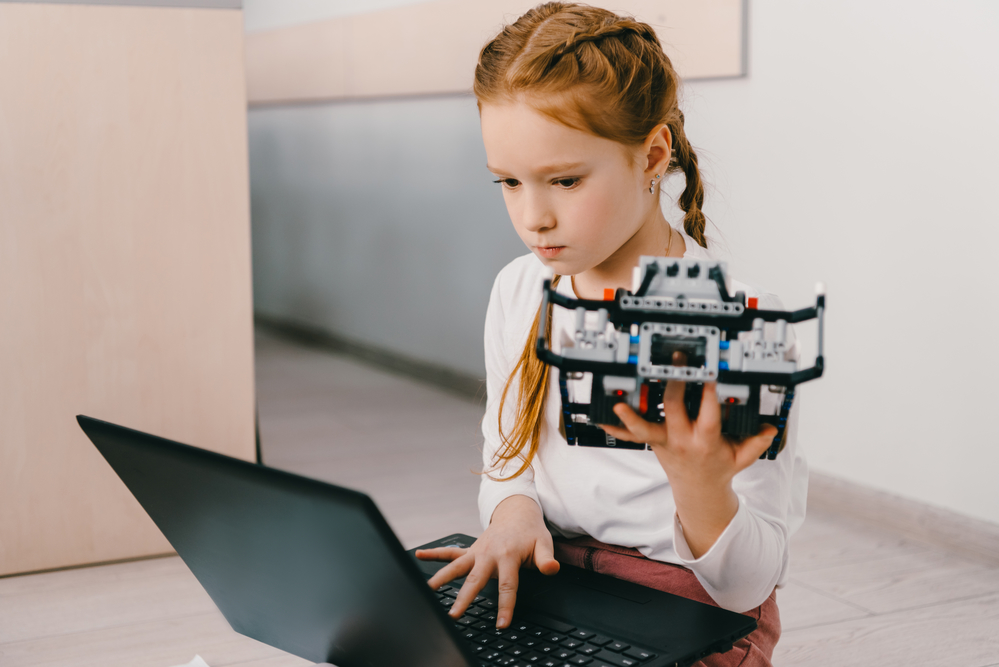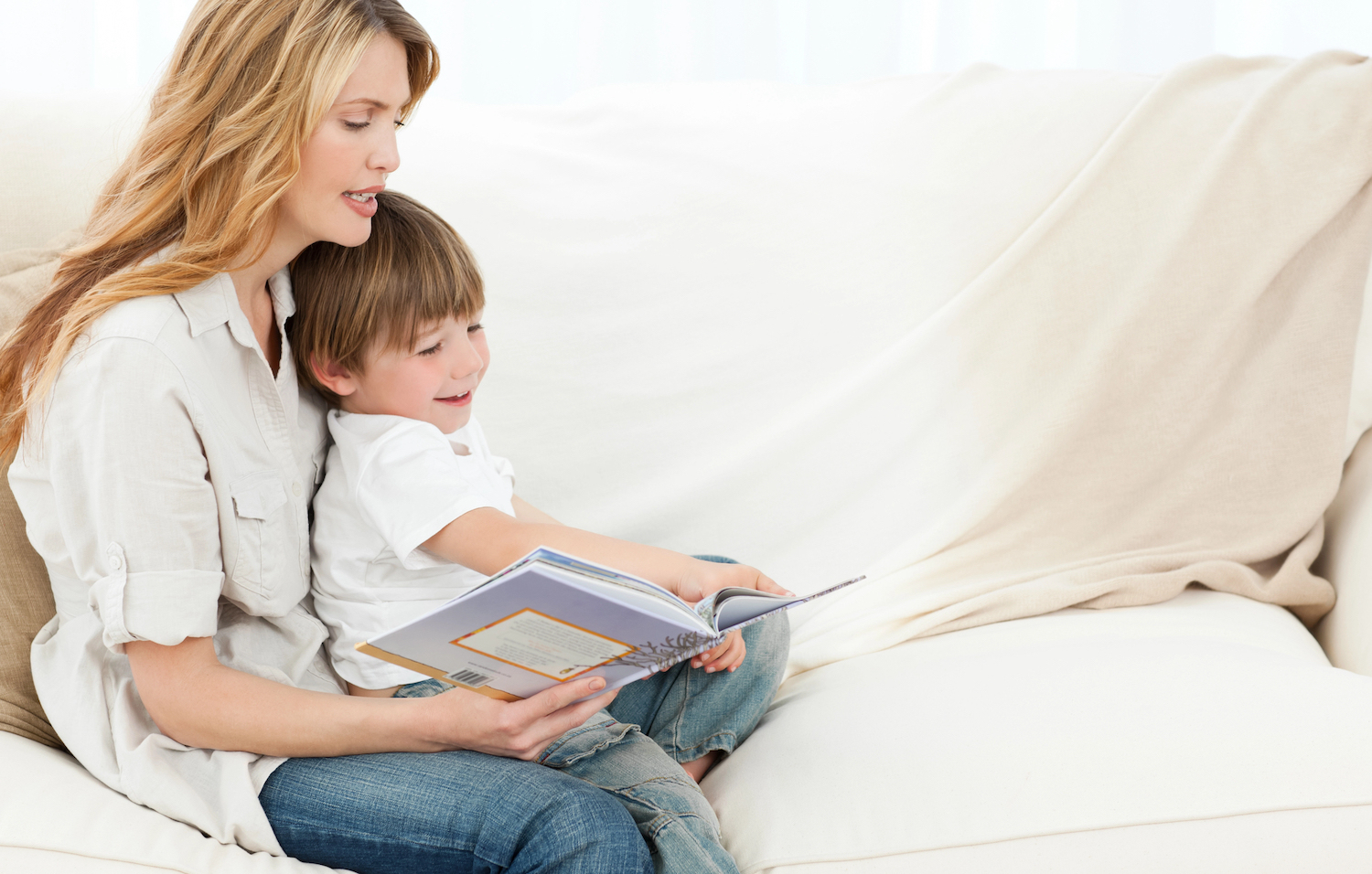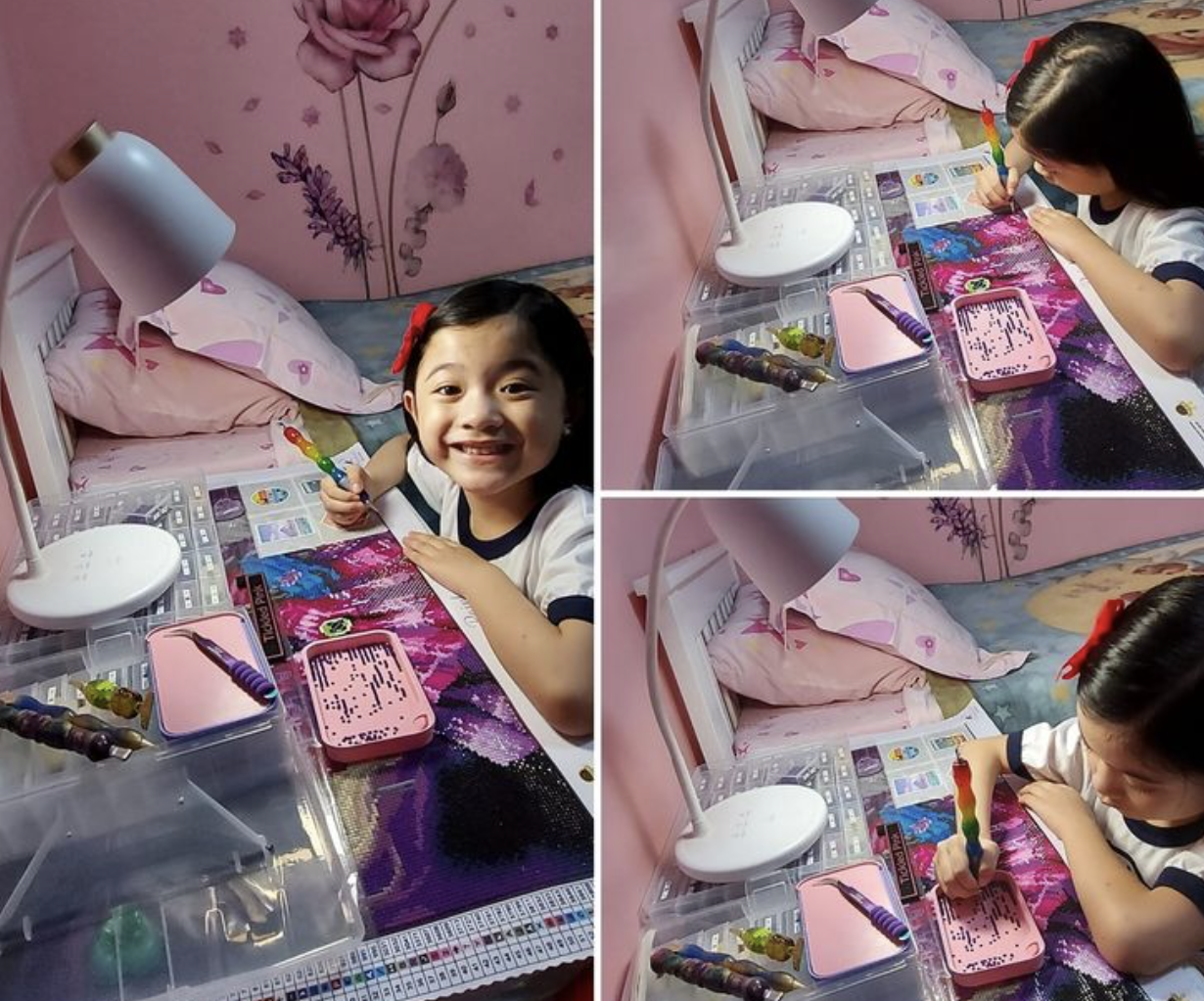There’s nothing quite like watching your child’s eyes light up when they stumble upon something new. That little gasp of excitement, the million questions, the eager storytelling that follows – it’s the kind of joy that sticks with you. But let’s face it, keeping that curiosity alive (especially outside of school hours) isn’t always easy. Sometimes we run out of steam, ideas, or just need a little spark ourselves.
The beauty is, learning doesn’t have to look like school. It’s often at its best when it’s woven into everyday moments – when we explore, play, and wonder together. So, if you’re looking for ways to turn time with your kids into joyful, meaningful learning adventures, here are some simple ideas that will fuel curiosity and create memories for both of you.
1. Become Night Sky Navigators: The Wonders of Stargazing
There’s something magical about lying back and gazing at a sky full of stars. It opens up big questions and even bigger imaginations.
- Why it’s brilliant: It sparks curiosity about space, astronomy, and science. It’s a fantastic way to talk about myths and legends associated with constellations (hello, Orion the Hunter and the Seven Sisters!). Plus, it’s a beautifully calming activity that encourages patience and observation.
- How to get started: You don’t need a fancy telescope, though binoculars can be fun! Start by simply going outside on a clear night, away from bright city lights if possible. There are some fantastic kid-friendly stargazing apps (like SkyView Lite or Star Walk Kids) that use your phone’s camera to identify stars, planets, and constellations in real-time. You can learn to spot the Moon’s craters, find the North Star, or trace the Milky Way.
- Our little adventure: I remember bundling up my little one, armed with a thermos of hot chocolate and a star chart app. We didn’t find every constellation perfectly, but the sheer excitement on their face when they spotted Jupiter for the first time was priceless. We even made up our own silly constellation stories!
2. Kitchen Chemistry & Culinary Creations
Your kitchen is more than just a place to make meals – it’s a science lab, maths class, and creativity zone all rolled into one.
- Why it’s brilliant: It’s packed with learning opportunities! Measuring ingredients teaches maths and fractions. Watching dough rise or ingredients change colour is a science lesson in action (hello, chemical reactions!). Following a recipe builds literacy and sequencing skills. Plus, it encourages healthy eating habits and can be a huge confidence booster when they create something yummy.
- How to get started: Begin with simple, kid-friendly recipes like cookies, pizza from scratch, or even just decorating cupcakes. Let them take charge of age-appropriate tasks – stirring, measuring (with help!), kneading, or sprinkling toppings. Embrace the mess; it’s part of the fun!
- Our little adventure: We once tried making rainbow pancakes. It involved dividing batter, adding food colouring, and a lot of giggles. Not all the pancakes were perfectly round, and the kitchen looked like a rainbow exploded, but the pride on my child’s face as they served up their colourful creations was worth every bit of cleanup.
3. Unleash Your Inner Bard: Storytelling with a Sonic Twist!
Every kid has a wild imagination, and storytelling is the perfect way to let it run free.
Helping them bring these tales to life is an incredible way to nurture their imagination and communication skills.
- Why it’s brilliant: Storytelling boosts creativity, expands vocabulary, improves narrative skills, and allows for emotional expression. It’s also a fantastic way to build empathy as they step into different characters’ shoes.
- How to get started: You can start with simple prompts: “What if a friendly dragon showed up in our backyard?” or “Tell me a story about a magical lost toy.” Try collaborative storytelling, where each person adds a sentence or a paragraph. Act out your stories, create puppet shows, or draw illustrations.
- Adding a magical soundtrack: Remember how movies have music that makes them super exciting, a bit spooky, or really happy? Well, you and your little storytellers can create your own soundtracks! This is where technology can be a really fun creative partner. Imagine your child has just spun a yarn about a brave knight on a quest. Now, what if you could create some heroic, adventurous music to go with it? Or perhaps they’ve concocted a silly story about talking animals on a farm – you could make some fun, barnyard-boogie music!
This might sound tricky if you’re not a musician, but there are some amazing tools out there now, like AI music generators, that can help you create your very own original music with just a few prompts. You can describe the mood (“playful and energetic”), the genre (“epic orchestral”), or even specific instruments you’d like to hear, and these tools can generate a unique piece of music. It’s a fantastic way to bring your stories to life in a whole new dimension, making them even more engaging and memorable. If you’re curious about these kinds of tools and want to help with your search, you’ll find they are surprisingly easy to use and can add a wonderful layer of magic to your creative projects together. It’s not about becoming a professional composer overnight; it’s about having fun and empowering your kids to see how different creative elements can weave together.
4. The Art of “Noticing”: Nature Walks & Micro-Adventures
You don’t have to travel far to explore – there’s a whole world waiting right outside your door.
Sometimes the most profound learning happens when we simply slow down and pay attention to the world around us. Nature walks, even in your local park or backyard, can be treasure troves of discovery.
- Why it’s brilliant: It encourages mindfulness, sharpens observation skills, and fosters a deep appreciation for the natural world. It’s also a great way to get some fresh air and gentle exercise.
- How to get started: Go on a themed walk: look for different colours, textures, or shapes. How many different types of leaves can you find? Can you spot five different insects? Listen for different bird songs. You could start a nature journal where your child draws or writes about what they see, or collect “treasures” like interesting stones, feathers (check local regulations!), or fallen leaves to examine more closely at home.
- Our little adventure: We have a “listening walk” sometimes. The challenge is to be completely silent for five minutes and then share all the different sounds we heard – a distant dog bark, the rustle of leaves, a buzzing bee, the hum of traffic. It’s amazing what you notice when you truly tune in, and kids often pick up on sounds we adults filter out.
5. Become Time Travellers: Exploring Local History
History isn’t just about dusty old books and faraway dates; it’s all around us, woven into the fabric of our own communities.
- Why it’s brilliant: Exploring local history helps kids connect with their community and understand how places change over time. It can make history feel much more real and relevant, fostering a sense of belonging and developing empathy by learning about the lives of people in the past.
- How to get started: Visit your local museum, even if it’s a small one. Look for old photographs of your town or neighbourhood online or in the library – kids are often fascinated to see what their street looked like “long ago.” Chat with older relatives or neighbours about their memories of the area. You could even go on a “historical landmark” hunt in your own town.
- Our little adventure: We discovered an old, almost hidden plaque on a building in our town centre that told the story of its original purpose. It sparked a whole afternoon of imagining what life was like back then, who might have walked those same streets, and what their daily lives entailed. It made our familiar surroundings feel new and exciting.
The Real Treasure: Learning Together
Ultimately, the most “interesting thing” you can learn with your kids is more about each other. These shared experiences, big or small, build strong bonds, create lasting memories, and foster a home environment where curiosity is celebrated. It’s not about being the perfect teacher or knowing all the answers; it’s about being a fellow explorer, ready to learn and laugh alongside them.
So, pick an idea that sparks your interest, or better yet, ask your kids what they’re curious about, and embark on your next learning adventure together. You might be surprised by what you both discover!
What’s your favourite way to learn with your kids? Share your stories in the comments – we’d love to hear them!









